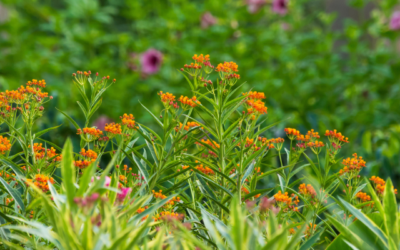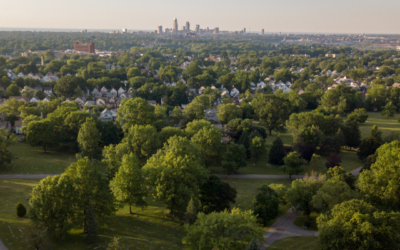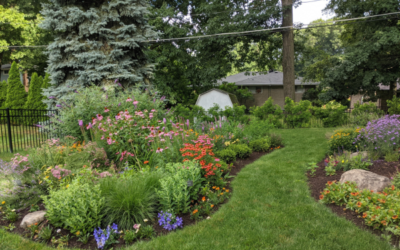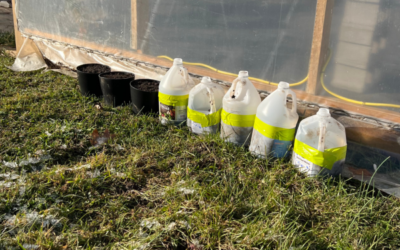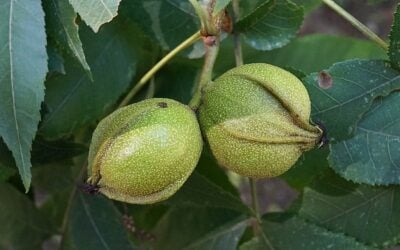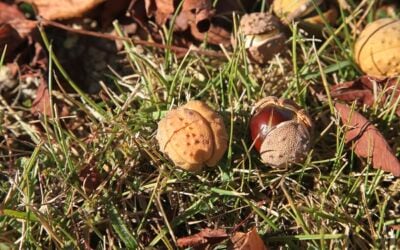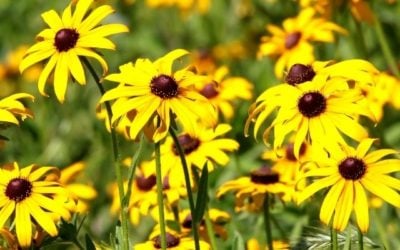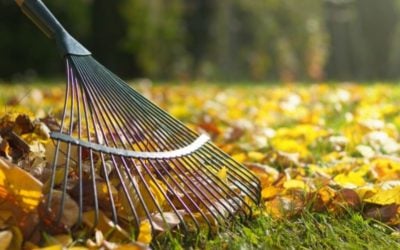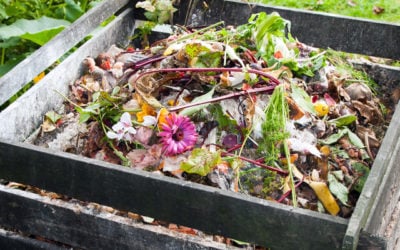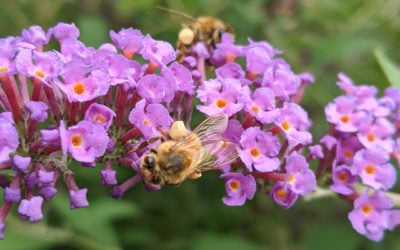Turf Grass Care
MOW YOUR WAY TO BEAUTIFUL TURF GRASS
Maintain your mower. Sharpen your cutting blades. Unsharpened blades can leave grass stems frayed and cause lawns to look brown.
Mow appropriately. Lawns should be kept high, between 3” and 4”. Never cut more than 1/3 “ off of a blade. At the appropriate height, grass blades keep the soil cool, reduce water loss, and promote deeper roots and dense grass cover—all of which discourages new weed seedings. Grass height and root depth are mirrors of one another—the taller the grass, the deeper the root system, the stronger the crop!
Mulch grass clippings. Leave grass clippings on your lawn for an easy source of non-toxic plant food. Grass clippings contain the three main fertilizer ingredients: nitrogen, phosphorus and potassium. Clippings decompose in one or two days (thanks to earthworms and soil microorganisms) and do not contribute to thatch accumulation.
Prevent thatch. ½ to 1 inch of plant mat debris can create a thatch layer on your turf. Solve the problem by balancing the pH (acidic soil slows decomposition). Ideally, soil pH should be neutral, 6.5 to 7.0. Aerate in the fall to de-thatch.
Reduce your carbon footprint. Consider eliminating fuel-powered lawn mowers! Push reel mowers are an easy and environmentally-friendly way to cut grass on small lots. Be sure that the mower has a mow height of at least 3 inches.
More Articles for a Healthy Yard and Home
How To Fight Stream Pollution Through Effective Stormwater Management
In this guide, we’ll explore and address how pollutant loading in streams is crucial for the well-being of both watersheds and communities.
Roots of Sustainability: Understanding the Importance of Trees in Urban Living
A healthy urban tree canopy has a profound and positive impact on community quality of life in various ways. Recognizing the value of urban trees and investing in their preservation can contribute to sustainable, resilient, and vibrant urban living.
Shrink Your Lawn: A Guide to Growing More Native Plants
In this guide, we’ll explore the importance of reducing your lawn’s size and explain the many benefits it brings, both for your wallet and the environment.
Cold-Weather Cultivation: 8 Steps to Winter Sowing and Seed Stratification
It is important to determine when native seedlings are ready for harvest. Not sure how to? Check out our guide to harvesting native seedlings.
How to Know When Native Seedlings are Ready to be Harvested
It is important to determine when native seedlings are ready for harvest. Not sure how to? Check out our guide to harvesting native seedlings.
Harvesting Guide for Native Seedlings and Plants
Stearns Native Nursery is always in need of native trees and seedlings. To get your native plants to the Stearns Nursery, follow this harvesting guide.
How to Add Native Plants to Your Garden
Many of us have chosen to cultivate species and landscapes that are not naturally-occurring in our region. It’s wasteful, expensive and detrimental to wildlife who encounter reduced availability of the native species upon which they feed.
Wildlife-Friendly Fall Yard Cleanup
Before any landscape program begins, assess the current conditions of your home landscape. This assessment will help you to identify and prioritize future projects and allow you to appreciate all the positive changes you’ve made.
Composting 101
Before any landscape program begins, assess the current conditions of your home landscape. This assessment will help you to identify and prioritize future projects and allow you to appreciate all the positive changes you’ve made.
What is a Pollinator Garden?
Before any landscape program begins, assess the current conditions of your home landscape. This assessment will help you to identify and prioritize future projects and allow you to appreciate all the positive changes you’ve made.

